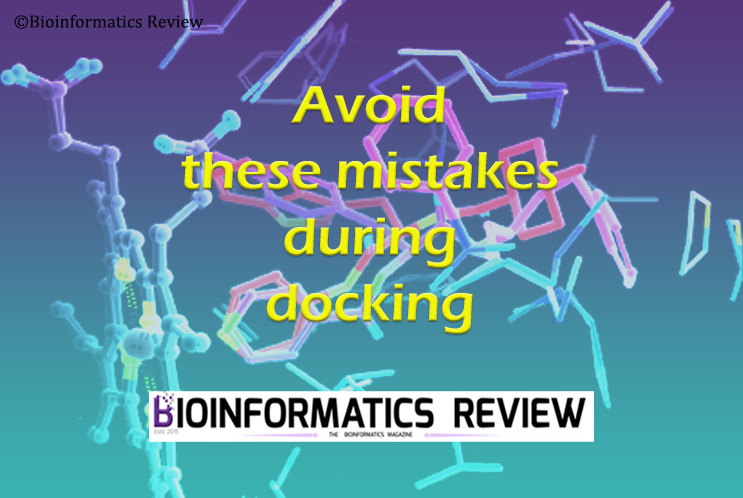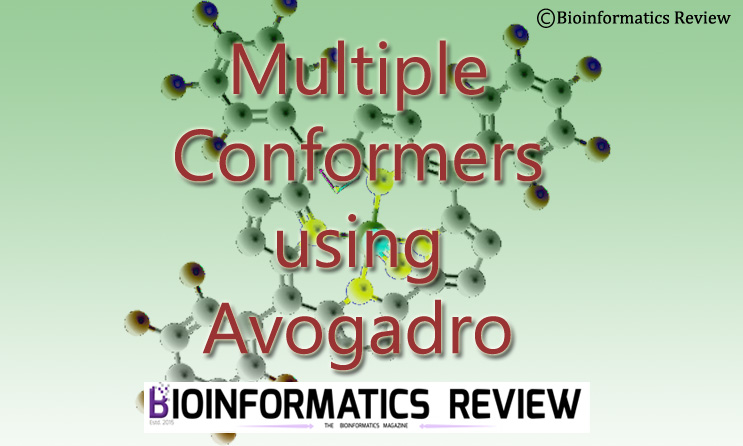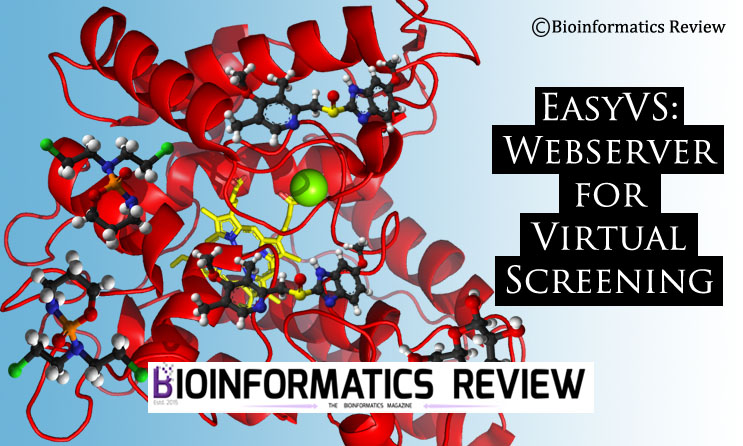Computational docking is not a trivial task once we avoid making some mistakes. In this section, let’s learn about some important points that we should keep in mind while performing computational docking.
- Always remove chains and HETATMS from the PDB files carefully. Do not remove the Connect records from the file.
- Try to download the full complex crystal structure from PDB. But in case, if you have a predicted structure, then ensure that your chains and connect records are complete. Otherwise, you will get errors while preparing the pdbqt file of the same.
- Define the grid box accurately. It can take multiple tries for beginners. Always compare your output to the reference ligand to check whether the ligands are docking appropriately or not. If not, then define the grid box again. However, sometimes, ligands don’t bind into the binding site depending upon the protein.
- Keep in mind what kind of charges you will use, whether Gasteiger or Kollman.
- If you are converting a ligand file (SDF, MOL, or MOL2), then I would recommend always using Pymol or Openbabel. They will not change the ligand structure and you won’t get any errors regarding the structures.
- If you want to perform energy minimization on the ligands, then use Avogadro. It will give you good results.
- Finally, this is not necessary, but I would like to suggest you add the ligand names in the output log files. It will help you to recognize the results later, especially if you are using the vs_analysis.py script.
Further Reading
Virtual Screening using Autodock Vina: Frequently Asked Questions & Answers for Starters
Virtual Screening: Frequently Asked Questions & Answers for Starters
Common mistakes made during Autodock Vina Installation and Execution





